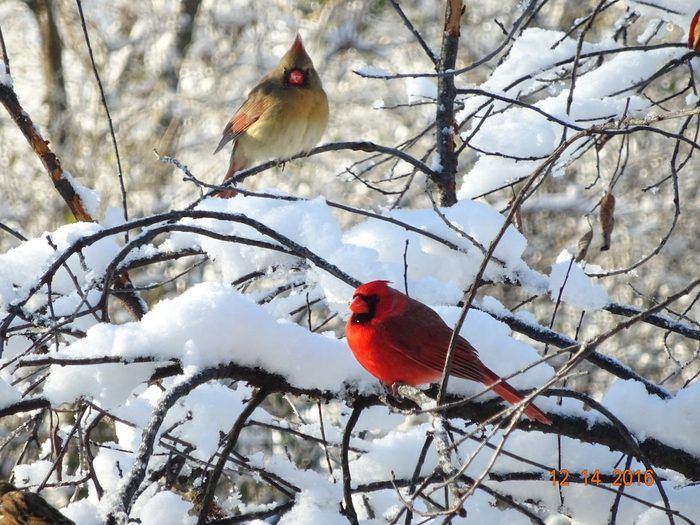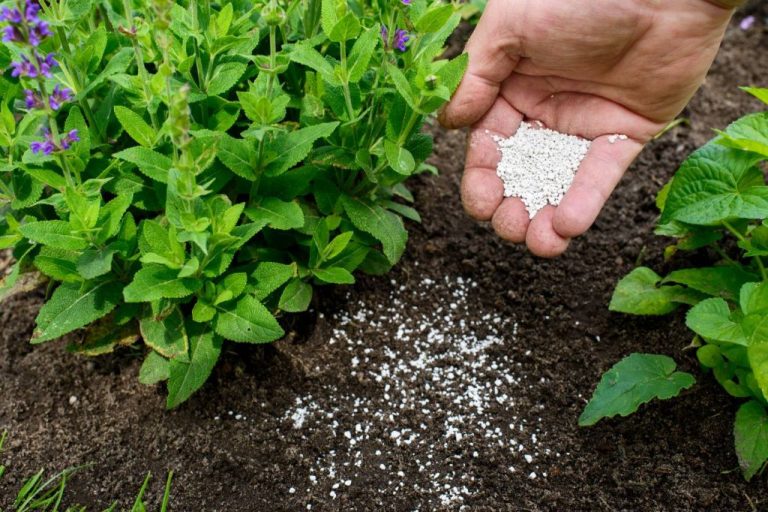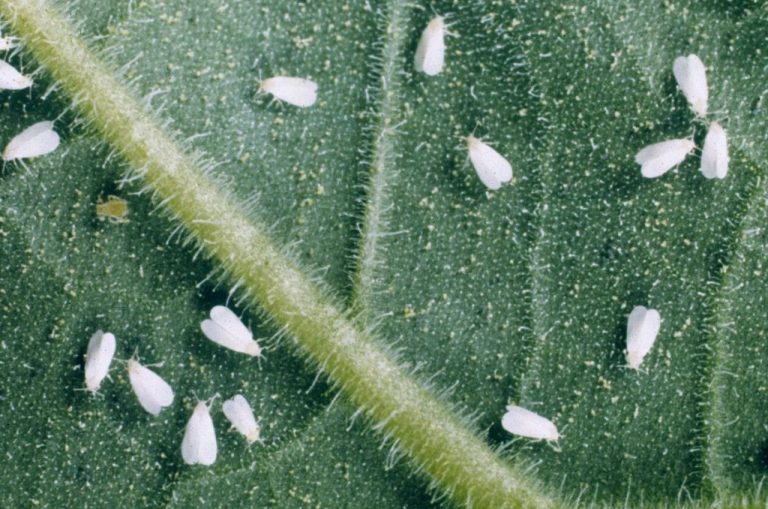Winter Garden Bird Feeding: Providing Food For Feathered Friends
Many bird species migrate or become more dependent on supplemental food in winter when natural food sources are scarce. Backyard bird feeding provides an enjoyable way to help birds survive the tough winter months. Feeding birds can also allow people to observe and learn about various bird behaviors and species up close. This article will cover some of the most common feeder birds, recommended foods to offer, feeder placement tips, ways to discourage squirrels, providing water sources, bird shelters, and cleaning basics. With some preparation, you can create an engaging winter bird habitat that benefits local bird populations and offers you endless entertainment.
Sources:
https://www.kaytee.com/learn-care/wild-bird/5-reasons-to-feed-backyard-birds-in-winter
Common Feeder Birds
Some of the most common birds seen at backyard feeders in winter are chickadees, nuthatches, cardinals, woodpeckers, finches, sparrows, and juncos. According to FeederWatch, Black-capped Chickadees are one of the most prevalent feeder visitors across North America. These tiny songbirds have black caps and bibs, white cheeks, and soft gray plumage. They are acrobatic and bold, and love black oil sunflower seeds.

White-breasted Nuthatches also frequent feeders readily in winter months. As per Martha Stewart, these agile climbers have powder blue-gray upperparts and crisp white underparts. They use their long bills to probe into crevices for hidden seeds and insects. Nuthatches are especially fond of suet.
Northern Cardinals add a pop of brilliant red to the winter landscape. The males stand out vibrantly while the females are softer brown with reddish accents. Cardinals have a strong, cone-shaped bill adapted for crushing seeds and their diet consists mainly of sunflower and safflower.
Woodpeckers like Downy, Hairy, Red-bellied and Northern Flicker may stop by platform feeders for suet, nuts and sunflower hearts. Their chisel-like bills allow them to drill into wood and extract insects. Several species are increasing as they adapt to backyard habitats.
American Goldfinches undergo a dramatic molt in winter, trading in their bright yellow summer plumage for more olive-colored feathers. They cling acrobatically to feeders to eat nyjer seed, their favorite. Pine Siskins and Common Redpolls are winter finch irruptives that descend on certain areas in some years.
Sparrows like American Tree Sparrows and Dark-eyed Juncos flock to the ground below feeders in winter to clean up spilled seeds. These round-bodied birds with long tails provide lively activity and color to the snow-covered landscape.
Foods to Offer
Black oil sunflower seeds are one of the most popular and nutritious foods to offer birds in winter. They will attract many species including cardinals, finches, titmice, nuthatches, jays, and woodpeckers. Black oil sunflower seeds have a high oil content to provide the fat and calories birds need in cold months. According to Audubon experts, black oil sunflower seeds are a top food recommendation for winter bird feeding (https://www.audubon.org/news/top-10-foods-winter-bird-feeding).
Suet is another excellent high fat food for winter. Suet can be offered in cages or on suet logs. Woodpeckers especially will appreciate suet, but chickadees, nuthatches and wrens will also visit suet feeders. Suet provides an excellent source of fat and protein for winter (Weston Nurseries, n.d.).
Nyjer seed, also called thistle seed, is very small and high in oil content. It is a favorite of finches in winter including goldfinches, pine siskins and redpolls. Nyjer seed may be offered in tube feeders with small ports to allow finches to access the seed while keeping out larger birds. The small size and high cost of nyjer seed makes it unsuitable as a main food, but excellent as a supplement for finches (Weston Nurseries, n.d.).
Peanuts can be an attractive supplementary food in winter. They may be offered whole or pieces in a mesh feeder. Chickadees, titmice, nuthatches, jays and woodpeckers will visit peanut feeders. Peanuts offer fat, protein and carbohydrates to help birds get the nutrition they need (Weston Nurseries, n.d.).
Feeder Types
There are several common types of bird feeders that work well for winter bird feeding including hopper feeders, tube feeders, platform feeders, and suet feeders. Hopper feeders have an enclosure and perches where birds can perch and eat seeds. Larger hopper feeders are a good choice for winter since they can accommodate various small and large birds (Source). Tube feeders are cylinders with perches and feeding ports that dispense seeds and are good for smaller birds. Platform feeders are flat trays or tables that can provide a space for ground feeding birds to eat a variety of seeds and fruits. Suet feeders hold or dispense suet cakes which are an excellent high-fat winter food for birds like woodpeckers, nuthatches, and chickadees.
Feeder Placement
Proper placement of bird feeders is important to attract birds during the winter. According to Audubon’s guide to winter bird feeding, feeders should be positioned near cover, out of the wind, and visible from indoors (Audubon Guide to Winter Bird-Feeding).
Birds need shelter from harsh winds, so place feeders near trees, shrubs, or other landscape features that can block the wind. Situating feeders close to cover also provides birds a place to escape predators. However, make sure the cover is at least 10-12 feet away so cats and other predators cannot hide and ambush visiting birds (Feeding birds in winter – the dos and don’ts).
Position feeders where they can be easily seen from indoor windows. This allows you to observe and enjoy the birds that visit while staying warm indoors. Mount feeders on poles about 5 feet off the ground or hang them from tree branches at window height.
Discouraging Squirrels
Squirrels can be a nuisance at bird feeders, gorging on seed intended for birds. There are some effective ways to discourage squirrels:
Install a squirrel baffle on the feeder pole or hanging wires. Baffles are barrier devices that prevent squirrels from climbing up to the feeder. Popular options are cone or dome shaped baffles that spin when a squirrel tries to climb on them. Proper installation is important so squirrels cannot jump from another surface onto the feeder (Source).
Use squirrel-proof feeders designed with weight activated perches or feeder ports too small for a squirrel to access. Look for feeders clearly labeled as “squirrel proof.”
Avoid mixes with filler seeds squirrels prefer, like milo and corn. Stick to higher quality seed mixes made up of mostly sunflower seeds, which are birds’ favorites.
Consider treating the seed by adding hot pepper powder which squirrels dislike but does not bother bird’s taste receptors (Source). Always check the treatment will not harm the birds you want to attract.
Providing Water
Birds need access to open, unfrozen water year-round to stay hydrated and keep their feathers in good condition. According to the National Wildlife Federation, birds are unlikely to fully submerge themselves in water during very cold weather, but they still require water for drinking and bathing (1). The Nature Conservancy recommends providing heated birdbaths in winter so birds have a reliable water source when temperatures drop and natural sources freeze over (2). Heated birdbaths and drippers with electric or solar heating elements prevent ice formation and give birds constant access to liquid water. Position the baths and drippers out of the wind and keep the water temperature cool – birds prefer cool water, and very hot water can be dangerous. Providing open water in winter takes a little extra effort, but allows birds to stay healthy and enables enjoyable up-close viewing.
Shelter
Winter birds will seek as much shelter as they can find during harsh weather in the colder months. Shelter from the elements helps them conserve energy and stay warm. One of the best forms of shelter for winter birds are evergreen trees and shrubs (source). Their needles and dense foliage provide excellent protection from wind, rain, snow and ice. Leaving evergreen trees and planting evergreen shrubs like juniper or boxwood in your yard gives birds many shelter options.
Another good shelter option is a brush pile (source). You can make one by gathering pruned branches, sticks, logs and other natural debris into an untidy pile. Position it near other landscaping features to create a sheltered microclimate that birds will appreciate. The spaces within and around a brush pile allow small birds to hunker down out of the elements.
Cleaning
Regular cleaning of bird feeders is essential to prevent the spread of diseases among birds. Feeders can harbor bacteria and mold that lead to avian illnesses. The National Wildlife Health Center recommends cleaning feeders at least once every two weeks, or more frequently if the feeder receives a lot of use.
To properly clean a bird feeder, disassemble it completely and discard any old bird seed and debris. Use a bottle brush to scrub the feeder with hot water and dish soap. Avoid using detergents. Rinse thoroughly. Then soak the feeder for 10 minutes in a dilute bleach solution of 1 part bleach to 9 parts water [1]. Rinse again and allow to fully air dry before refilling with bird seed.
It’s ideal to have a dedicated brush and water basin used only for cleaning bird feeders. Never wash feeders directly in the kitchen sink, as this can transfer bacteria inside the home. Proper disinfection helps provide a healthy environment for visiting birds.
Enjoying the View
One of the best parts of winter bird feeding is being able to observe a variety of birds up close right outside your window. Proper feeder placement can help maximize visibility and viewing enjoyment. Position feeders where you can easily see them through windows in your home. This allows you to observe and identify birds from indoors without disturbing them.
Keep binoculars and bird field guides handy so you can get a closer look at visiting birds and identify new species. Focusing your binoculars on a bird feeder offers a front row seat to behaviors like feeding, preening, squabbling, and more. Get to know the unique features, markings, and mannerisms of birds frequenting your yard.
Have your bird ID guides on hand to help you identify and learn about new species attracted to your feeders. Winter is an excellent time to spot birds migrating from farther north that you may not see during warmer months. With proper positioning and helpful tools, your backyard bird feeders can provide endless entertainment and a connection with nature during the winter.






